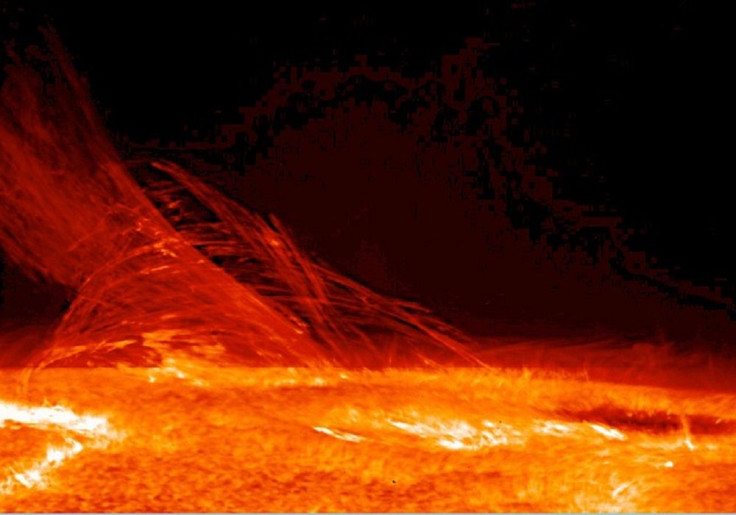Prominent Scientists Predict Unusually Strong Solar Cycle, Contradicting Previous Expert Forecast
KEY POINTS
- Earlier predictions say Sunspot Cycle 25 will be a weak one, like Cycle 24
- NCAR scientists believe otherwise, based on their "solar clock"
- NCAR's findings have received approval from the National Science Foundation
A team led by the National Center for Atmospheric Research (NCAR) has predicted that a new sunspot cycle could be one of the strongest on record.
According to a report published in Solar Physics, the team -- which includes scientists from the University of Warwick in Coventry, England -- predicts that Sunspot Cycle 25 will have a maximum sunspot number of somewhere between 210 and 260, putting it at the very top of cycles ever observed.
Sunspot Cycle 24 peaked with a meager 116 sunspot count, and a previous forecast from a panel of experts from NASA and the National Oceanic and Atmospheric Administration (NOAA) predicted that Cycle 25 would be similarly weak, peaking at 115 sunspots.
If the latest NCAR-led prediction is carried out, it will confirm the research team's unorthodox theory – detailed in a series of papers published over the last decade – that the Sun has alternating 22-year magnetic cycles that interact to produce the well-known, nearly 11-year sunspot period as a by-product.

The 22-year cycles replay like clockwork and could be the secret to finally making precise forecasts about the timing and existence of sunspot cycles, as well as many of the effects they create, according to the report's authors.
This study uses previous research that invented a "solar clock" for the variance of solar activity. The research was led by Professor Sandra Chapman, one of the co-authors from the University of Warwick's Department of Physics.
The approximately 11-year solar cycle period varies from one cycle to the next. NCAR developed a new approach for mapping this unusual cycle into a regular "solar clock," which is useful for tracking the variance of the solar cycle in space weather threats. This current study uses the same approach of looking back in time to get more precise timings of cycle lengths. Since shorter periods are preceded by more active ones, this leads to a forecast for the scale of the next solar maximum.
“Scientists have struggled to predict both the length and the strength of sunspot cycles because we lack a fundamental understanding of the mechanism that drives the cycle,” said NCAR Deputy Director Scott McIntosh in a release. “If our forecast proves correct, we will have evidence that our framework for understanding the Sun’s internal magnetic machine is on the right path.”
The latest study was supported by the National Science Foundation and NASA's Living With a Star Program.
© Copyright IBTimes 2024. All rights reserved.






















